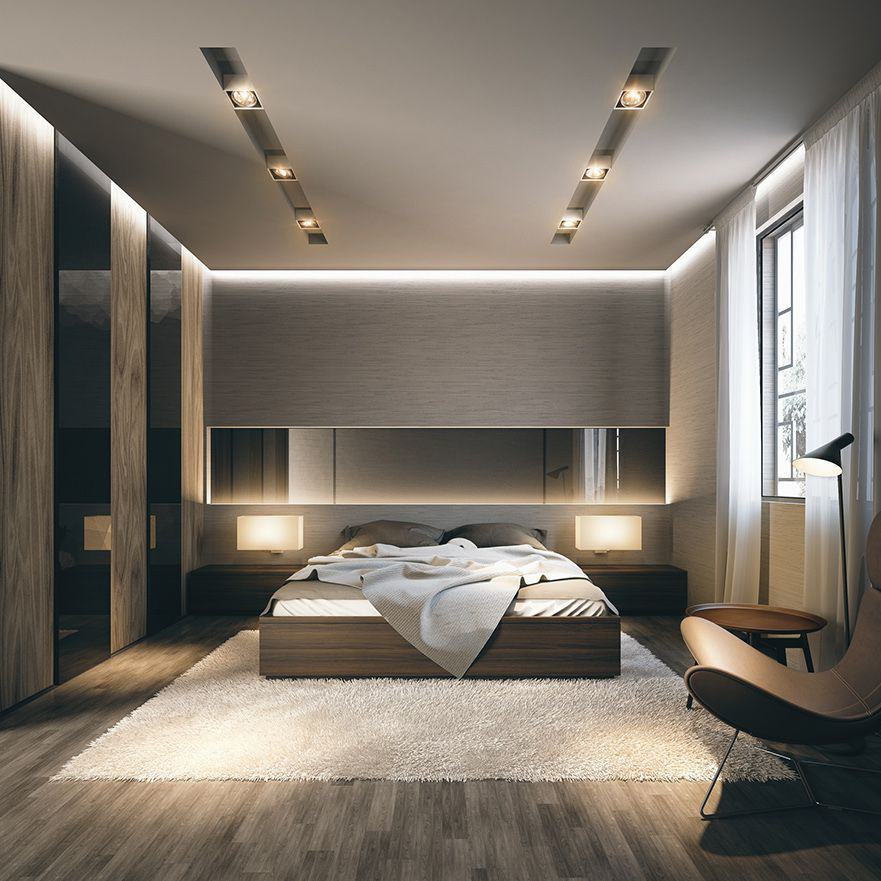Introduction
Art Deco lights are a testament to the magnificent design style that emerged in the 1920s and 1930s. The Art Deco movement, which was a blend of modernism and neo-classicism, was characterized by bold and geometric shapes, strong colors, and the use of luxurious materials such as chrome, glass, and silver. Art Deco lights, in particular, were extensively used as decorative elements in buildings, hotels, theaters, and houses.
History of Art Deco Lights
Art Deco lighting can be traced back to the World Exposition of Paris in 1925. During this exhibition, numerous artists and designers showcased their innovative Art Deco lighting designs, drawing inspiration from the emerging technological advancements of the time. Art Deco lights were heavily influenced by the Hollywood glamour of the 1920s, with luxurious designs reflecting the elegant and ornate styles of the movie sets.
The development of Art Deco lights coincided with the birth of the electric light bulb, which allowed for more creative designs in lighting. Before this, candlesticks, gas lamps, and chandeliers were used to create light. The electric bulb transformed the way people thought about lighting, allowing for unique and statement-making fixtures. Art Deco designers were quick to capitalize on this new technology, using it to create bold and grand lighting designs.
Art Deco Light Design Elements
The Art Deco style is characterized by strong shapes and lines, bold colors, and the use of luxury materials. In light design, geometric shapes such as circles, squares, and triangles were widely used. These shapes can be seen in the design of Art Deco lamps, chandeliers, and wall sconces. Art Deco lights also employed faceted or etched glass panels, which created visual interest and enhanced the play of light.
Another common element in Art Deco lights was the use of chrome or polished metal. This metal was used to create an elegant shine, reflecting the light of the bulbs and adding to the overall design. Art Deco lighting fixtures were also adorned with crystal beads or beads made from the pressed glass to add glamour and sparkle.
Famous Art Deco Light Designers
Numerous famous designers contributed to the Art Deco lighting movement. One of the most well-known was the French designer Maurice Dufrene, who created designs characterized by elegant lines and contrasting materials. Another famous Art Deco light designer was Edgar Brandt, whose wrought iron lamps and chandeliers featured intricate decorative motifs that reflected the natural world.
Yet another prominent Art Deco designer was Jean Perzel, whose innovative designs embodied the sleek and sophisticated lines of Art Deco. He is remembered for designing pendant lamps that could be hung in any direction, allowing for unique visual effects to be created.
Modern Art Deco Lighting
Though the Art Deco movement has passed, its influence can still be seen today in modern lighting design. Many contemporary designers have been inspired by the bold geometry and color palettes of Art Deco, creating new and unique lighting pieces that honor the legacy of the movement.
Some modern Art Deco lights employ LED technology, which allow for brighter, more eco-friendly bulbs to be used. They also showcase even more intricate and creative designs, with designers pushing the limits of what’s possible with lighting.
















